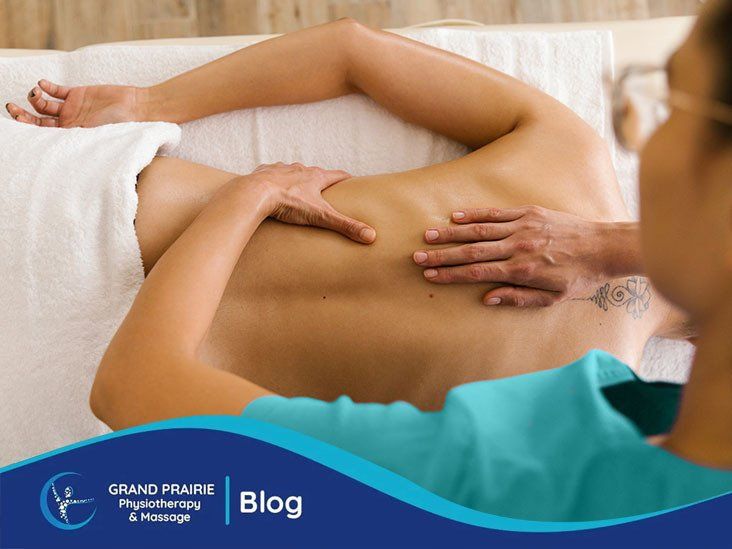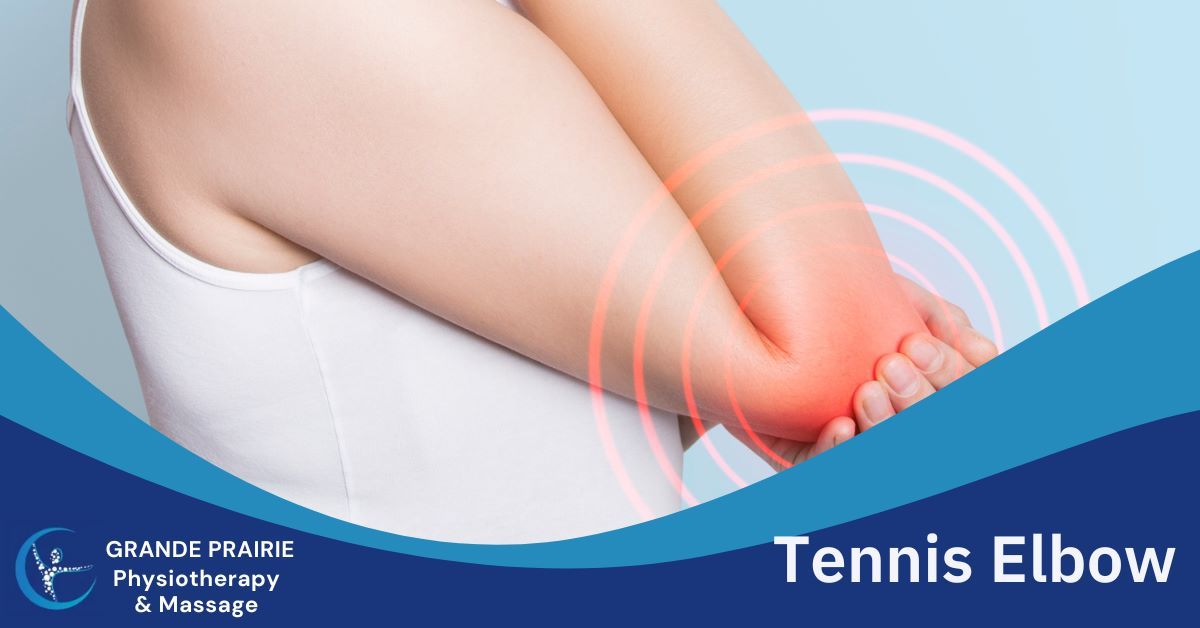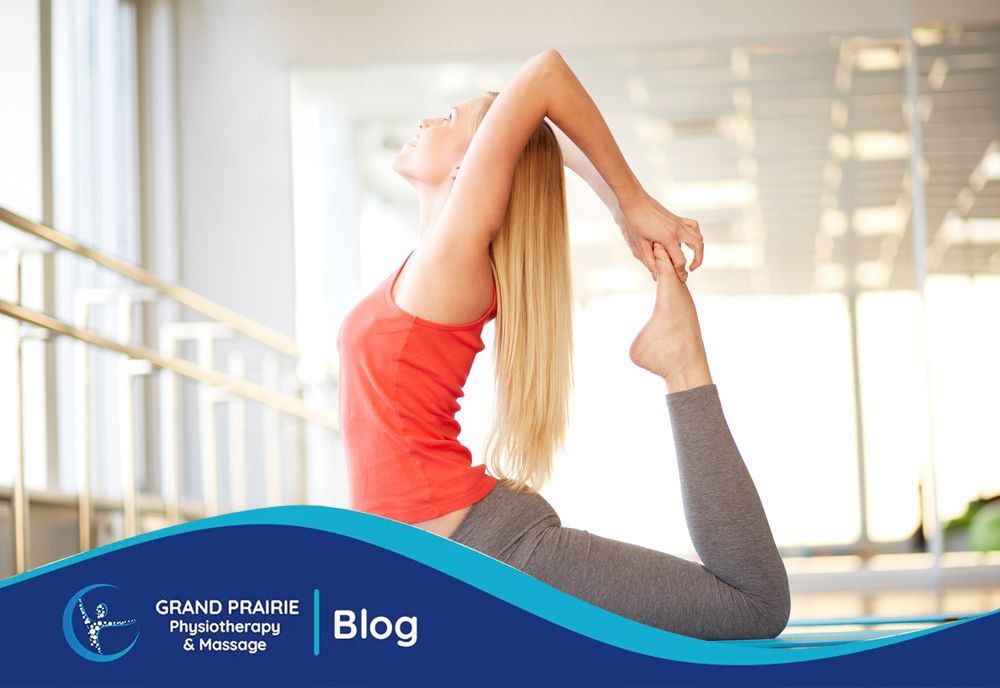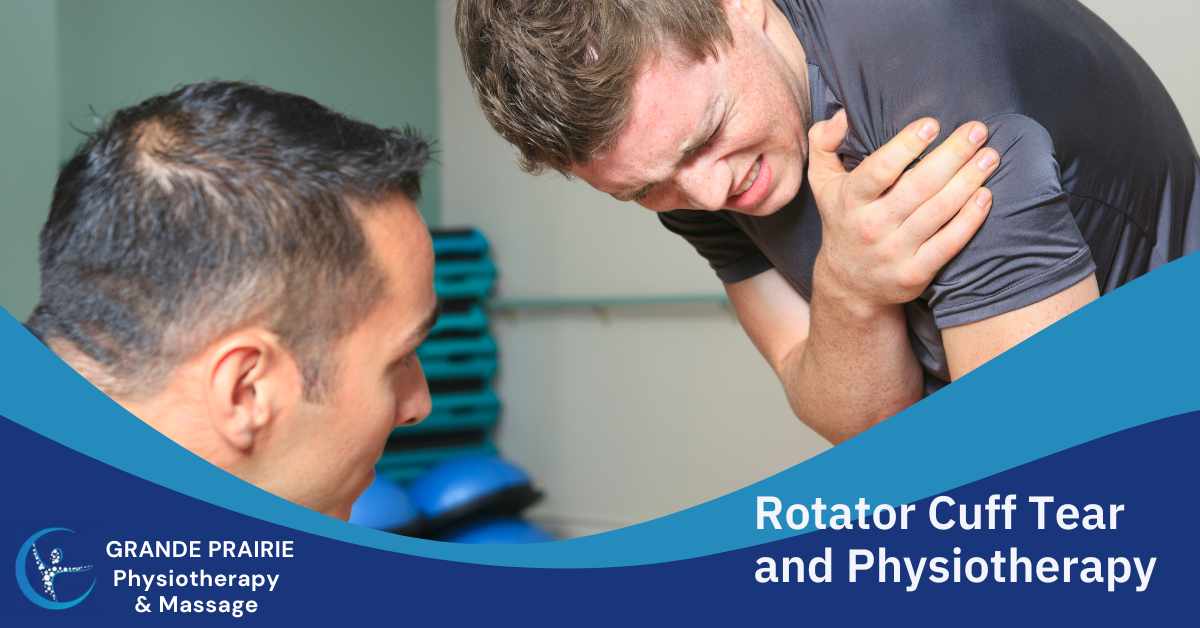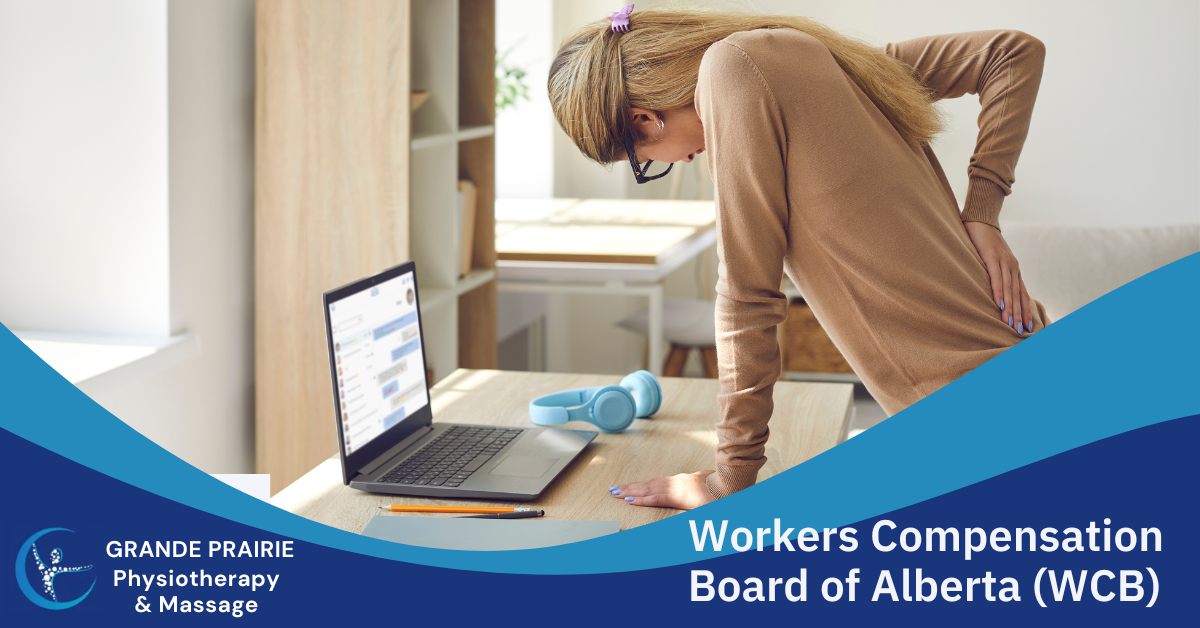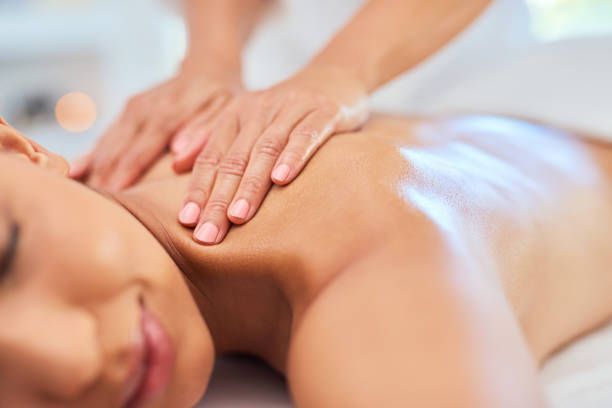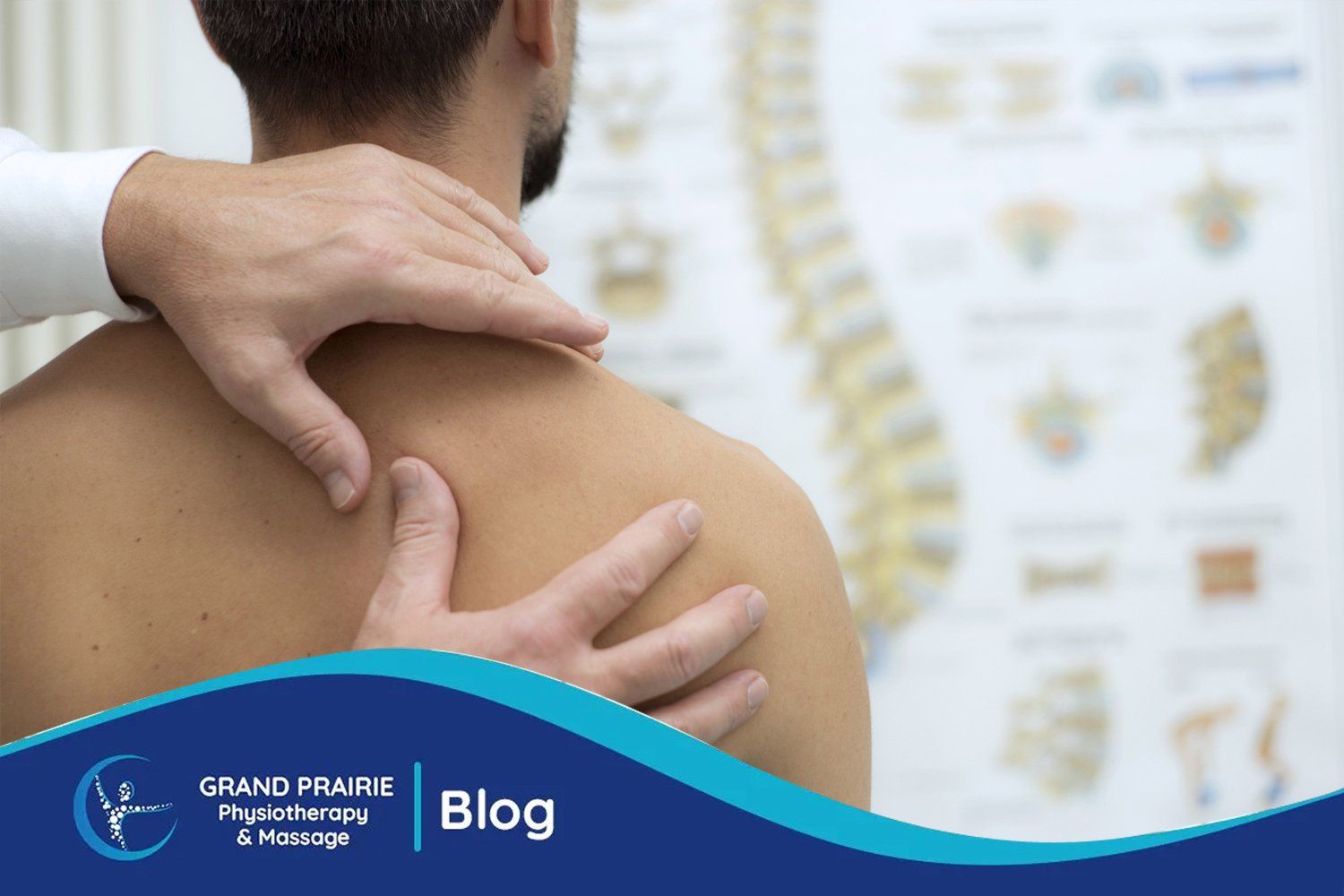What Is Causing Your Heel Pain?
Heel pain is an unpleasant sensation that stems from the strain placed on the plantar fascia, a tough fibrous tissue running from the heel to the ball of the foot. The plantar fascia is a very strong ligament, running in a series from heel to foot sole. When this ligament is pulled too much, its fibrous tissues become inflamed, causing pain. Sometimes the pain can radiate down the back of the leg. The pain is usually felt where the ligament connects to the heel bone. But it can be felt on the inside of the foot or the balls of both feet. While the pain usually shows up as a dull ache that is only present at night, it can also be accompanied by swelling, dull pain, or a burning sensation.
What Causes The Pain?
There are several issues that can cause pain in the heel, including:
Bursitis: Bursitis is an inflammation of the bursa sacs, which are fluid-filled organs that cushion joints. You may have a tender or bruise-like feeling in your heel if you suffer from this condition! It typically occurs after long periods spent on your feet and can be painful at times too.
Calcaneal Apophysitis: It is a frequent cause of heel pain in many active children between 8 and 14. Children who participate in activities that require a lot of running and jumping are more prone to this problem – the increased athletic activity irritates their growth plate. This leads them to difficulty bearing weight on one leg and sensitivity near where you would expect heels to touch the ground when walking or standing still for too long (calcaneal apophysitis).
Achilles tendinitis: The Achilles tendon is the longest and strongest in your body. Runners, basketball players, etc., are more prone to tendonitis since they often overuse this crucial muscle group for their sport; when you get too much exercise without proper rest. This can happen quickly if one has never trained properly before- there will eventually be inflammation that causes pain and swelling, or stiffness at its back end named “Achilles.”
Haglund’s Deformity: Shoes with higher heels can cause your heel pain to get worse. They put pressure on the back, which causes inflammation and irritation of soft tissues around it all day long!
Plantar fasciitis: Plantar fasciitis is a condition that affects the heel and can lead to intense pain. It occurs when connective tissue, called “fascia,” runs along the bottom (plantar surface) of one’s feet. These fibers get worn down or torn from overusing certain muscle groups such as running and jumping inactivity like basketball. There isn’t much landing time between each step on hard surfaces like concrete sidewalks commonly found near athletic fields.
Bone bruise: When you step on a hard, sharp object such as the pavement or glass, it can bruise fat padding underneath your heel. You might not see any discoloration, but your heels will feel tender when walking afterward because of this injury to one’s foot’s arch called hallux rigidus (a gait problem). Stress fractures and Sever’s disease may cause pain along with all parts from behind towards the front near the ankle where it meets toes in addition to being felt deeply underachieving somewhere close by too- so always check out these symptoms if offered anything!
Heel Spurs: Chronic plantar fasciitis is a painful condition that can cause heel spurs to form on the heel bone. Some people with this type of injury experience pain, but others don’t notice any symptoms at all and continue their day-to-day lives as if nothing was wrong with them!
Symptoms of Heel Pain
The symptoms of heel pain vary based on the source. Besides pain, you may also experience:
- Pain in the arch of the foot
- Pain that worsens over several months
- Foot ache near the bottom of the heel
- Pain that is generally worse when you wake up
People with plantar fasciitis often describe the pain as worse when they get up in the morning or after sitting for long periods. After a few minutes of walking, though, this condition will subside because it stretches the fascia and helps to alleviate your discomfort!
The reason why you might be experiencing symptoms is that there are tight muscles around one particular area on your foot called Plantaris, which can come from repetitive motion at work involving standing desks, among other things. However, these same experts advise against trying any rapid stretching techniques before diagnosis has occurred – doing so may make matters WORSE rather than better!
Heel spurs are usually caused by misalignment of the foot, which can lead to an abnormal pull on the plantar fascia. This condition is very common in people with flat feet or high arches.
The Best Way To Manage Heel Pain?
Nonsurgical treatments for heel pain are the best way to get relief. Therapies focus on easing pain and inflammation, improving foot flexibility without losing strength in your heels with this treatment, you can walk normally again! Some of the methods are:
- Orthotic Devices: Some people with plantar fasciitis can alleviate heel pain by wearing over-the-counter or custom-made inserts (orthotics). A walking boot may be necessary for more severe symptoms, but most patients must wear supportive shoes during everyday activities and exercises.
- Physical Therapy: Massage therapy, physical therapy, and ultrasound treatments can break up soft tissue adhesions. These therapies may reduce pain and inflammation to help you get back on your feet faster. A physiotherapist uses massage techniques and other activities such as deep-tissue work or trigger point compression that focus more specifically on a limited area of concern for reducing soreness after exercise. Massaging the injured muscle helps move oxygen around, so it becomes available where needed most, which results in reduced swelling due to pressure build-ups from being trapped somewhere inaccessible by our bodies’ natural defenses against pathogens.
- Pain relievers: Some people have found that the addition of ice packs and nonsteroidal anti-inflammatory drugs (NSAIDs) can relieve their pain.
- Steroid Injections: The use of steroids can help ease pain and swelling associated with many different conditions. The injections should only be given as a last resort for tendonitis or bursitis, but they may have positive effects on your condition if you suffer from plantar fasciitis.
- Stretching Exercises: Toe stretching exercises can be done to help you feel better. Your healthcare provider may also show the heel stretches for tight tendons and muscles if this is causing discomfort or give advice on how best to stretch out at home before your next appointment!
Massage Grande Prairie
If you’re suffering from heel pain, it’s essential to figure out the root cause. This can be done by seeing a physiotherapist that specializes in foot and ankle care. Grande Prairie Physiotherapy & Massage is one of these specialists here in Alberta. We offer all types of treatments for your comfort, including manual therapy techniques like massage therapy, myofascial release, dry needling, trigger point therapy as well as orthotics and taping services. To find out more about our treatment options, call us at (780) 357-0095 today!

